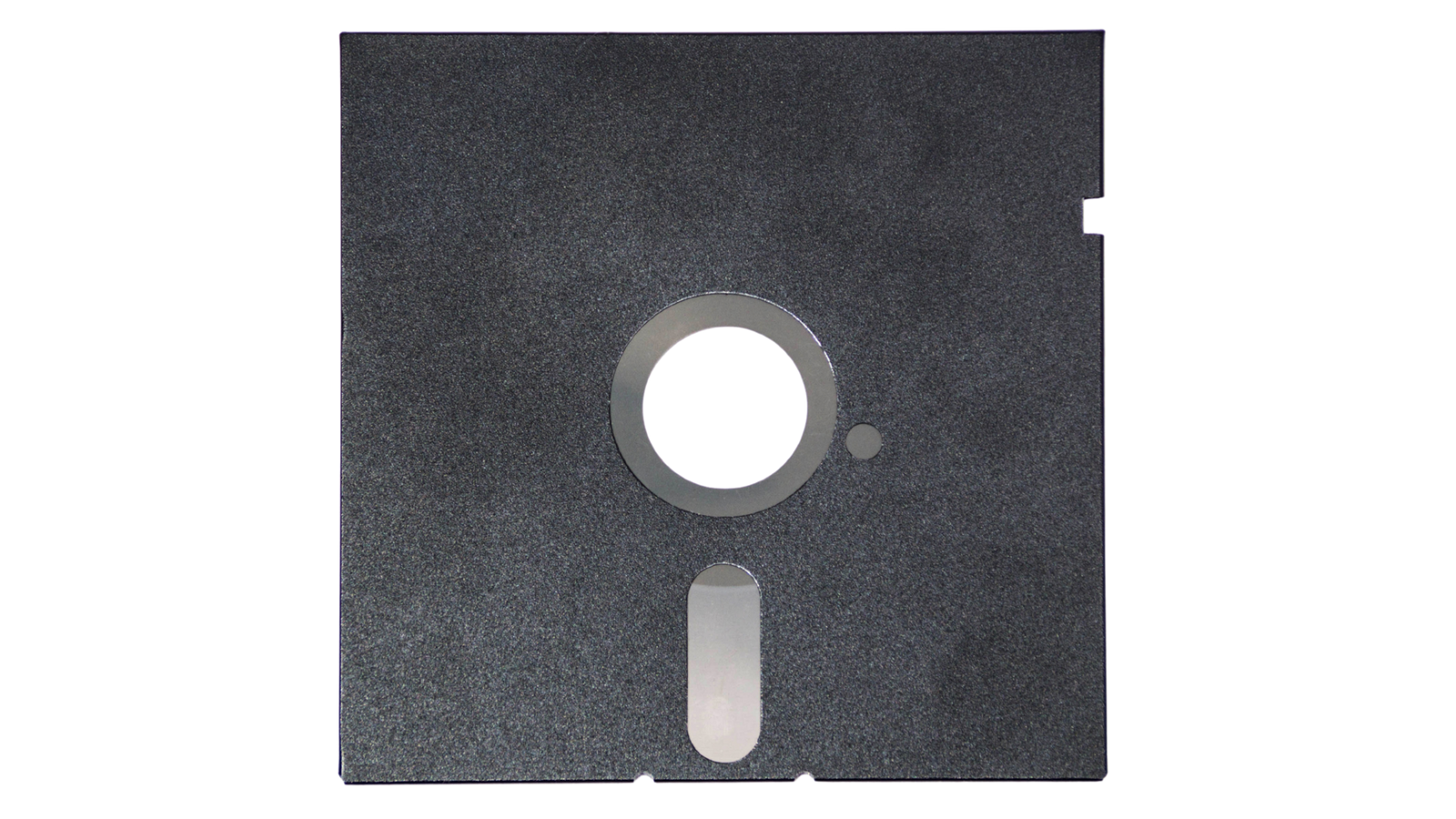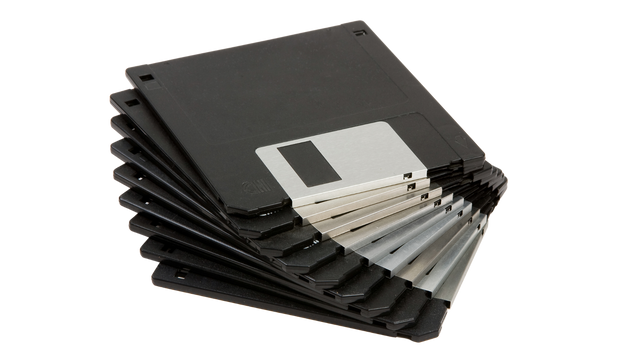The 5 1 4 Floppy Drive and Its Rise in the 1980s
The 5 and a quarter floppy disk (often written as 5 1/4 or 5 ¼) was once the most common way to store and transfer digital files. Introduced in the late 1970s, this soft, flexible disk format quickly became a staple of early personal computers.
By the 1980s, it was used to run software, back up business data, and even save school essays. But if you’re holding one today, you may have noticed the challenge: finding a working 5 1 4 floppy drive to read it.
These drives are now rare collector items. Even if you locate one in a vintage shop or on an auction site, they often require special cables, power adapters, and legacy operating systems to function. That makes accessing the data a serious challenge—especially if what’s on the disk is important to you or your family.

What Was Stored on a 5 Inch Floppy Disk?
The 5 inch floppy disk typically held between 360KB and 1.2MB of data, depending on the format. That might sound small today, but in its time, it was enough for spreadsheets, business letters, and entire software programs.
If you're wondering what might be hiding on one of these disks, consider:
-
Financial records from a home office
-
Original creative writing projects
-
Genealogy notes or scanned photos
Sadly, these disks are vulnerable to heat, dust, and magnetic fields. Waiting too long to transfer the data increases the risk of permanent loss.
That’s why services like Heirloom’s floppy disk to digital service are so valuable. We can help you access the data even if you no longer have the hardware.

How to Convert a 5 and a Quarter Floppy to Digital
Your options for converting a 5 and a quarter floppy are limited, but they do exist.
Option 1: Find a Vintage Drive and Set It Up
This involves buying a used 5 1 4 floppy drive, connecting it to an older computer, and hoping the software still recognizes it. It’s doable—but not easy, and it can be risky for the disk if handled improperly.
Option 2: Use a Professional Recovery Service
A better path? Let professionals handle the transfer using clean drives and safe handling protocols. Heirloom offers America’s best data transfer service, including floppy disks of all sizes and formats. We can safely extract the contents and deliver them to you digitally—without requiring you to mess with old tech or risk damaging your files.
If you're interested in learning more about this unique piece of technology, read our guide on the history of the floppy disk and how it shaped modern data storage.

📧 Want more tips like this?
Subscribe to Heirloom emails to learn how to preserve your priceless memories. Get discount codes for expedited shipping, quality digitizing, and secure cloud storage. We never spam, and it’s easy to unsubscribe at any time.


